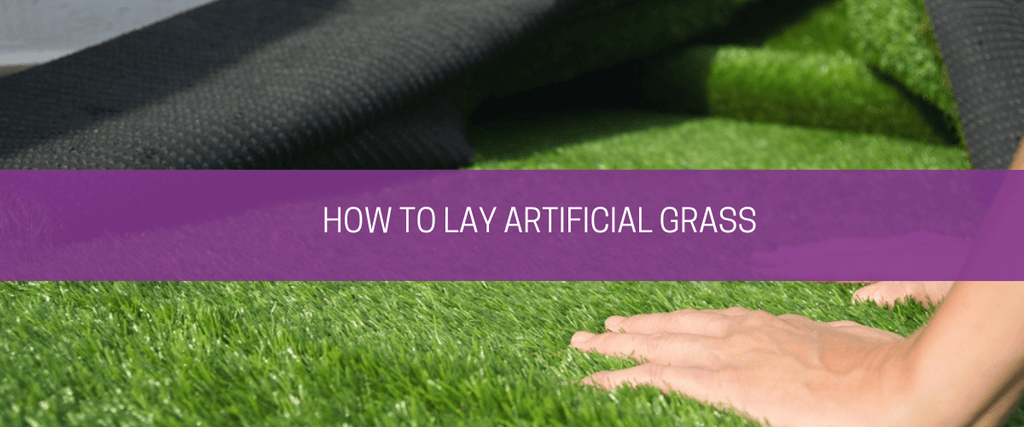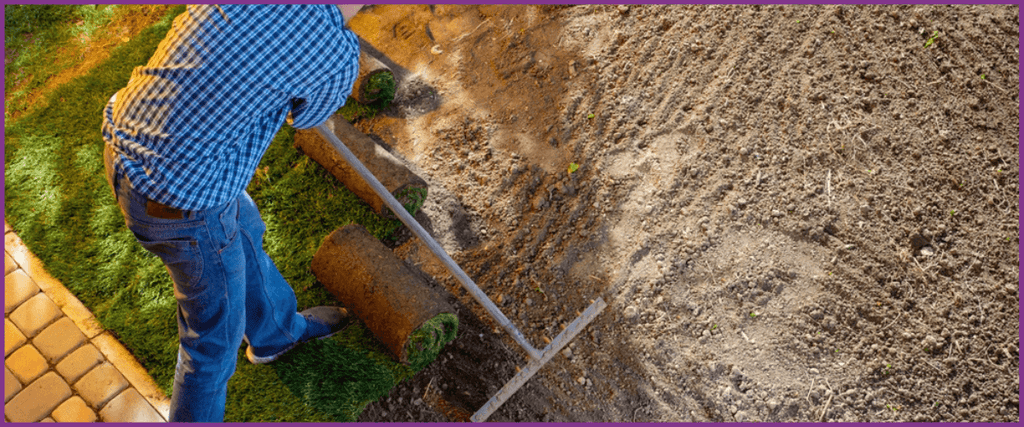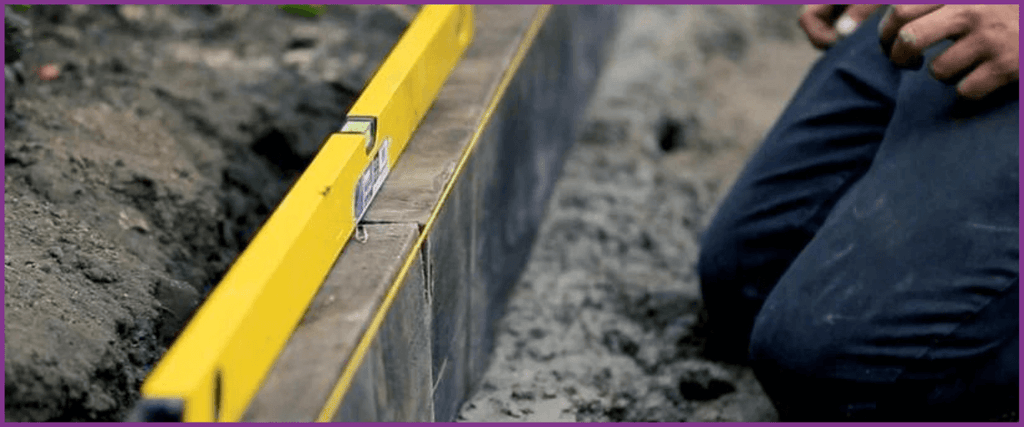How to lay artificial grass

Want to spruce up your garden with some fake turf?
There’s no need for it to be a massive project or to pay over the odds for a professional installation.
It’s actually pretty easy to lay artificial grass by yourself.
So, our advice? Don’t let the grass grow under your feet! Set aside a few hours this weekend, purchase both your artificial grass and (crucially) artificial grass underlay and follow our step-by-step guide.
We promise – the job will be done and dusted in time for your first family BBQ of the year.
4 steps to lay artificial turf
Step 1 – Prepare the base
As with all garden projects, to get the best results, preparation is key.
Appropriate foundations are essential. So start by clearing the area of any stones, bricks or other obstructions, and remove any existing turf. If it’s a small area, a spade will do the job perfectly – but for larger areas, it may be worth hiring a turf cutter to speed things up.
Laying artificial turf directly onto the soil isn’t usually advised.
This is because soil can suffer a lot of weather-induced wear and tear, which compromises the base layer and could potentially ruin your fake grass.
Therefore, you have two options:
1. Excavate 75-100mm below the ground and add a sub-base
Either a combination of sharp sand and granite dust or MOT Type 1 is typically recommended, which will need to be laid evenly and compacted to create a level surface – free from any lumps or bumps. A process that can take a lot of time and effort.
2. Buy artificial grass underlay
By far the easiest option – using artificial grass underlay completely removes the need to excavate or add foundations. Whether you’re laying the fake turf over soil, concrete or decking, the underlay can simply be rolled out and the turf installed immediately on top.
The extra layer levels out any imperfections (with zero prep work), creates a protective barrier between the foundation and artificial grass and simplifies the overall fitting process.
A full guide on how to lay artificial grass underlay can be found in our previous blog.

Step 2 – Create an edge
If there isn’t an existing edge for your fake grass to be fitted against, the next step is to make one.
For most projects, treated timber is usually recommended for this – as it’s durable enough for prolonged outdoor use and an easy surface for the grass to be secured to. However, a variety of other materials are also suitable, including steel, plastic lumber, concrete and brick.
Whichever option you choose, the key is to anchor it securely to the foundations – leaving at least 3cm exposed – and ensure it’s as level as possible.

Step 3 – Lay the fake grass
Roll out the artificial grass, ensuring the entire area is covered.
Artificial turf usually looks its best when the pile direction runs towards the house. Plus, if you’re using more than one section, it makes sense to have the pile facing the same way on both/all pieces. So it’s worth thinking carefully about its positioning and orientation before you start.
Leave the grass for at least 2-3 hours, or preferably overnight, to allow it to acclimatise. Then trim it to size, leaving an approximate 50mm overlap around the edges and between any sections.
You may find that blades blunt pretty quickly as you cut, so be sure to have a few spares to hand!
Step 4 – Secure everything in place
Time to join the sections together.
To do this, fold back one section and cut through the latex backing – along the full length of the artificial grass – taking care to stay in a straight line. Bring the two sections together to test the joint. There should be a consistent 1-2mm gap, and the joins shouldn’t be visible.
If you’re happy with the way it looks, fold back the edges of both sections (along the full length of the join). Roll out a strip of joining tape between the two, ensuring the shiny side is facing down. Then apply lawn adhesive along the edge of the latex backing – on both sections – and stick them both onto the tape.
To secure them firmly in place, it can help to walk along the joints.
Finally, to fix the artificial turf to your base layer (i.e. the soil, concrete or decking), hammer in landscape pins or nails at regular intervals around the edge. Then simply leave the grass for a minimum of 24 hours, to allow the adhesive to fully dry and the fake turf to settle.

Eager to get started?
Place your order for artificial grass today.
Here at Carpet Underlay Shop, we offer a wide selection of artificial grass products, including both standard short-pile and luxurious multi-fleck lawns in a variety of thicknesses. And with prices ranging from £19.99 to £49.99 per 2m2, there’s an option to suit most budgets.

We also stock that all-important artificial grass underlay.
Our current recommendation for this is Soft Turf Artificial Grass Shock Pad.

Made from enhanced memory foam, this can be installed directly on top of soil, pavements, patios and decking areas – removing the need to excavate and add a sub-base layer.
Not only will it significantly enhance the look of your artificial lawn, it will also greatly improve its underfoot comfort, protect against wear and tear and maximise its lifespan.
Available for just £55.50 per roll, it’s a wise investment that you shouldn’t start your project without.
Our in-house specialists are always on hand and happy to offer their assistance. So if you’d like further advice on how to lay artificial grass, or have a question about any of the products available in our store, please don’t hesitate to contact us.
You can give us a call on 0203 887 0994 or send an email to sales@carpet-underlay-shop.co.uk and we’ll respond to your enquiry as soon as possible.
- Alex Illidge






